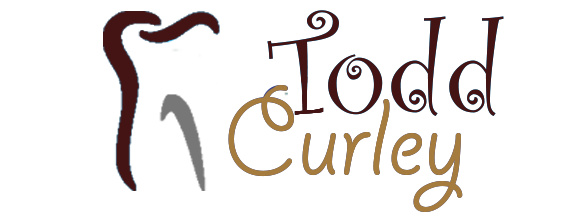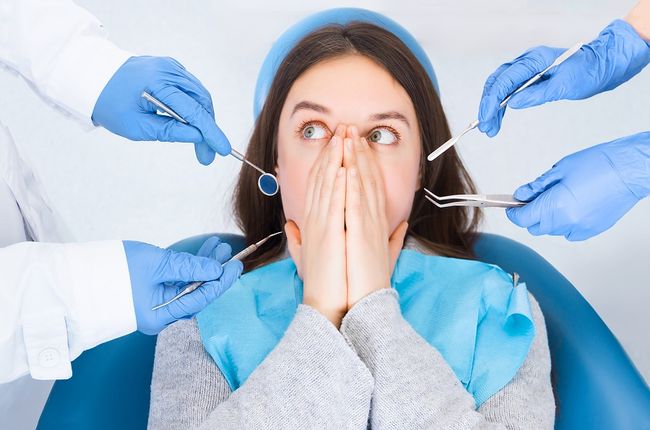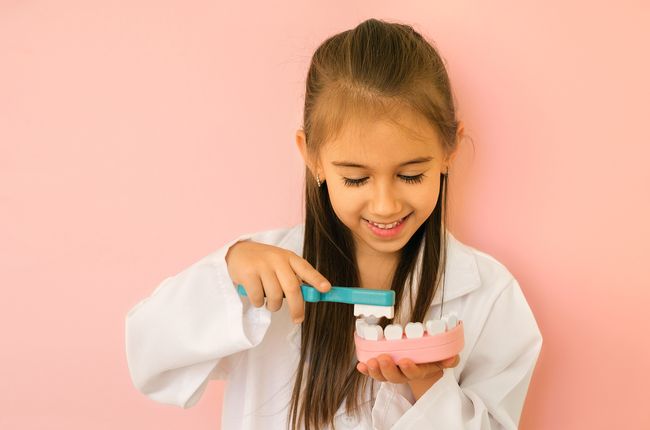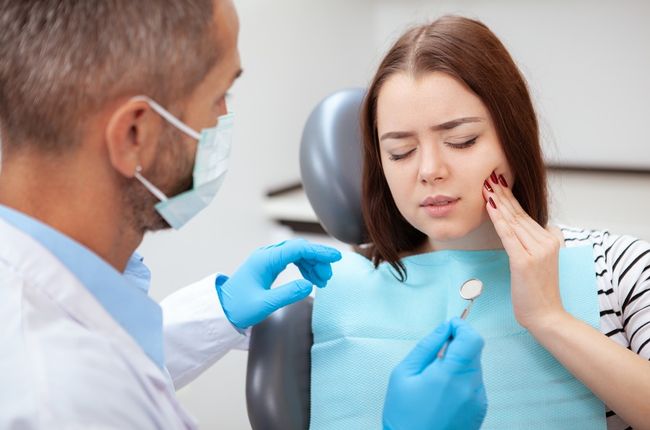Are you curious about common orthodontic conditions? Whether you're considering orthodontic treatment for yourself or a loved one, it's important to have a good understanding of these conditions. Crooked teeth, crowded teeth, gaps in teeth – we'll cover them all and more in this article.
Crooked teeth
Crooked teeth are a common orthodontic condition that occurs when the teeth are misaligned or don't fit together properly. It's often caused by genetics, but it can also be influenced by habits like thumb-sucking or tongue-thrusting. When you have crooked teeth, it not only affects the appearance of your smile but can also impact your oral health. Misaligned teeth are more difficult to clean effectively, leading to an increased risk of tooth decay and gum disease. Additionally, crooked teeth can cause issues with chewing and speaking.
Crowded teeth
Crowded teeth, also known as dental crowding, is a common orthodontic condition that occurs when there is insufficient space in the mouth for all of the teeth to properly align. It can result from various factors such as genetics, late tooth eruption, or early loss of baby teeth. When teeth are crowded, it can cause discomfort and affect oral hygiene. The tight spaces between teeth make it difficult to clean effectively, increasing the risk of tooth decay and gum disease. Additionally, crowded teeth may lead to an improper bite alignment which can impact chewing and speech patterns.
Gaps in teeth
Gaps in teeth, also known as diastema, can occur for a variety of reasons. One common cause is when there's an imbalance between the size of the jaw and the size of the teeth. This can result in gaps between one or more teeth. For some people, these spaces may be nothing more than a cosmetic concern. However, larger gaps can affect speech and chewing ability. They may also make it difficult to maintain good oral hygiene as food particles can get trapped in these spaces.
Overbite
Overbite is a common orthodontic condition that occurs when the upper front teeth overlap significantly with the lower front teeth. It can be caused by genetic factors, thumb-sucking habits, or improper jaw development. Having an overbite can affect not only the appearance of your smile but also your overall dental health. It may lead to problems such as difficulty chewing and speaking properly, increased wear on the tooth enamel, and even jaw pain.
Underbite
Underbite is a common orthodontic condition where the lower teeth protrude further than the upper teeth. This can result in an uneven bite and an imbalanced facial appearance. Having an underbite can cause various issues, including difficulty chewing and speaking properly, as well as potential jaw pain or discomfort. It may also affect one's self-confidence and overall oral health.
Deep bite
Deep bite is a common orthodontic condition where the upper front teeth excessively overlap the lower front teeth when biting down. This can be caused by factors such as genetics, thumb sucking, or prolonged pacifier use. A deep bite can lead to various issues. The excessive overlap of the teeth can put pressure on the gums and palate, leading to discomfort or even pain. It may also cause wear and tear on the enamel of both the upper and lower teeth, increasing the risk of dental problems like cavities. In addition to oral health concerns, a deep bite can affect your appearance. The excessive overlap of your front teeth may make them more visible when you smile, giving you an unbalanced or "gummy" look.
Open bite
Open bite is a common orthodontic condition that can affect both children and adults. It occurs when the upper and lower teeth do not meet properly when the mouth is closed, leaving a gap between them. This can result in difficulty biting or chewing food, speech problems, and even jaw pain.
There are several factors that can contribute to an open bite. One possible cause is prolonged thumb sucking or pacifier use during early childhood, which can interfere with proper tooth alignment. Another factor may be genetics, as some individuals may be predisposed to developing this condition.
Luckily, modern orthodontics offers various solutions for correcting this condition. Traditional braces use metal brackets and wires to gradually move the teeth into proper alignment. Clear aligners, such as Invisalign, provide a more discreet option that is removable for eating and cleaning.
To learn more, contact Todd Curley D.D.S. at Hot Springs Rd, Ste D110, Murrieta 39755, or phone (951) 698-6220.
More Blog Posts
Office Hours
MON - SAT9:00 am - 6:00 pm
SUNClosed















